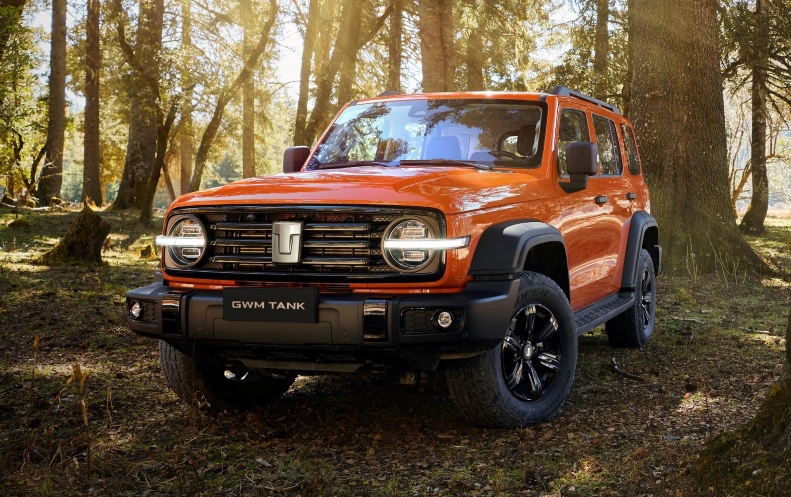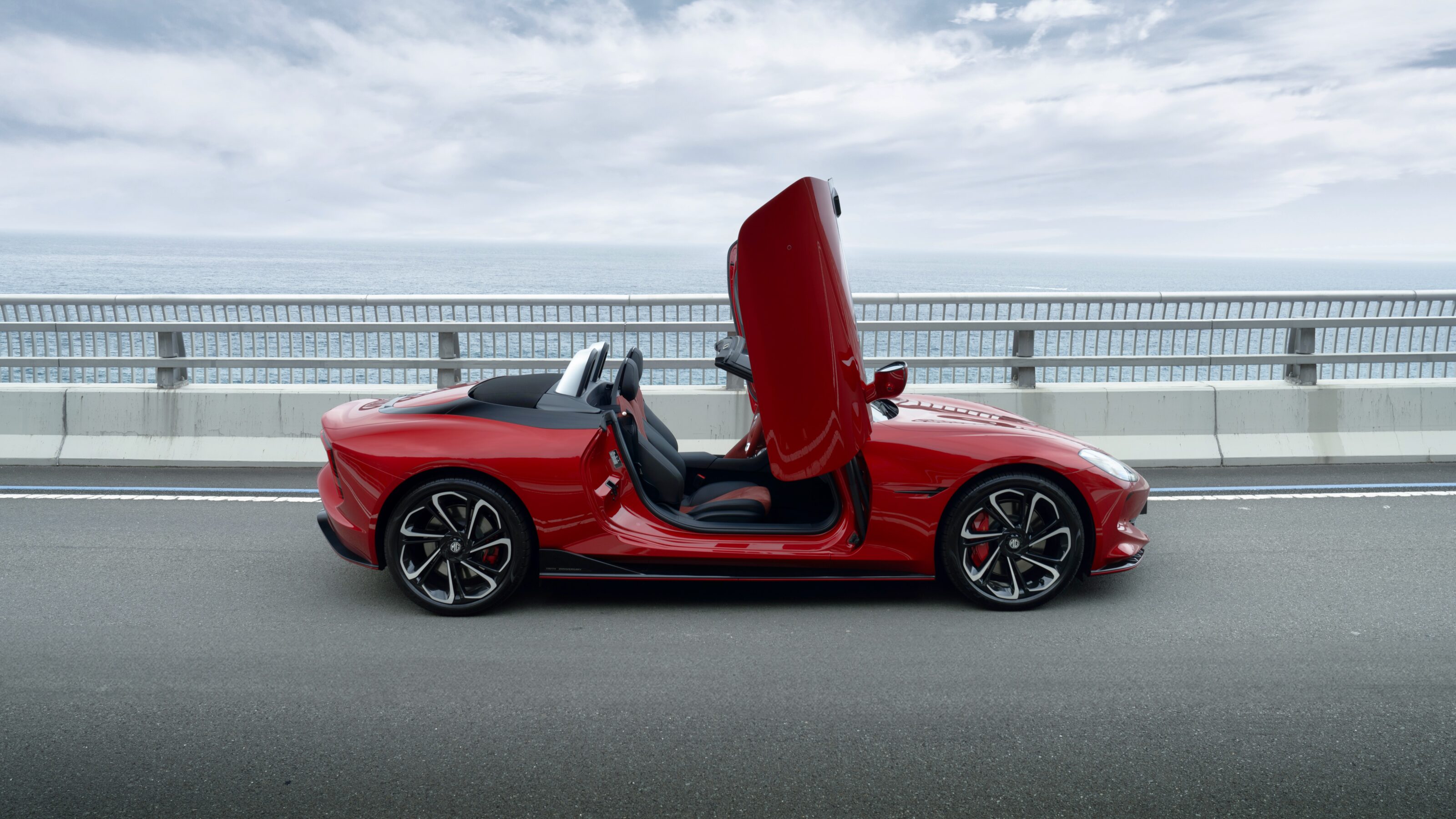
Like all groundbreaking concepts, understanding exactly what the Ford Ranger Super Duty is takes a moment or so. It’s tempting to think of it as a Ranger that can tow 4500kg, but to merely position it in such a way does the engineering behind this vehicle an injustice. And besides, Ford already had a vehicle in its line-up, the F-150, that performs that function quite adequately.
What no other vehicle in the Aussie market does right now is combine three particular attributes: the ability to tow 4.5 tonnes, rugged off-road ability and all of that while retaining a useful payload. Plenty of utes offer two of those qualities but nothing delivers on all three. Ford knew this because numerous fleet operators in forestry, in mining, in rail and in firefighting told them so.
To date, in order to fulfil those requirements, fleet operators had to go to the aftermarket, utilising multiple third-parties in order to custom build a vehicle that fitted their demands. This increased the cost of the vehicles and the complexity of fleet management, so it made all sorts of sense for Ford to offer them a single point of contact.
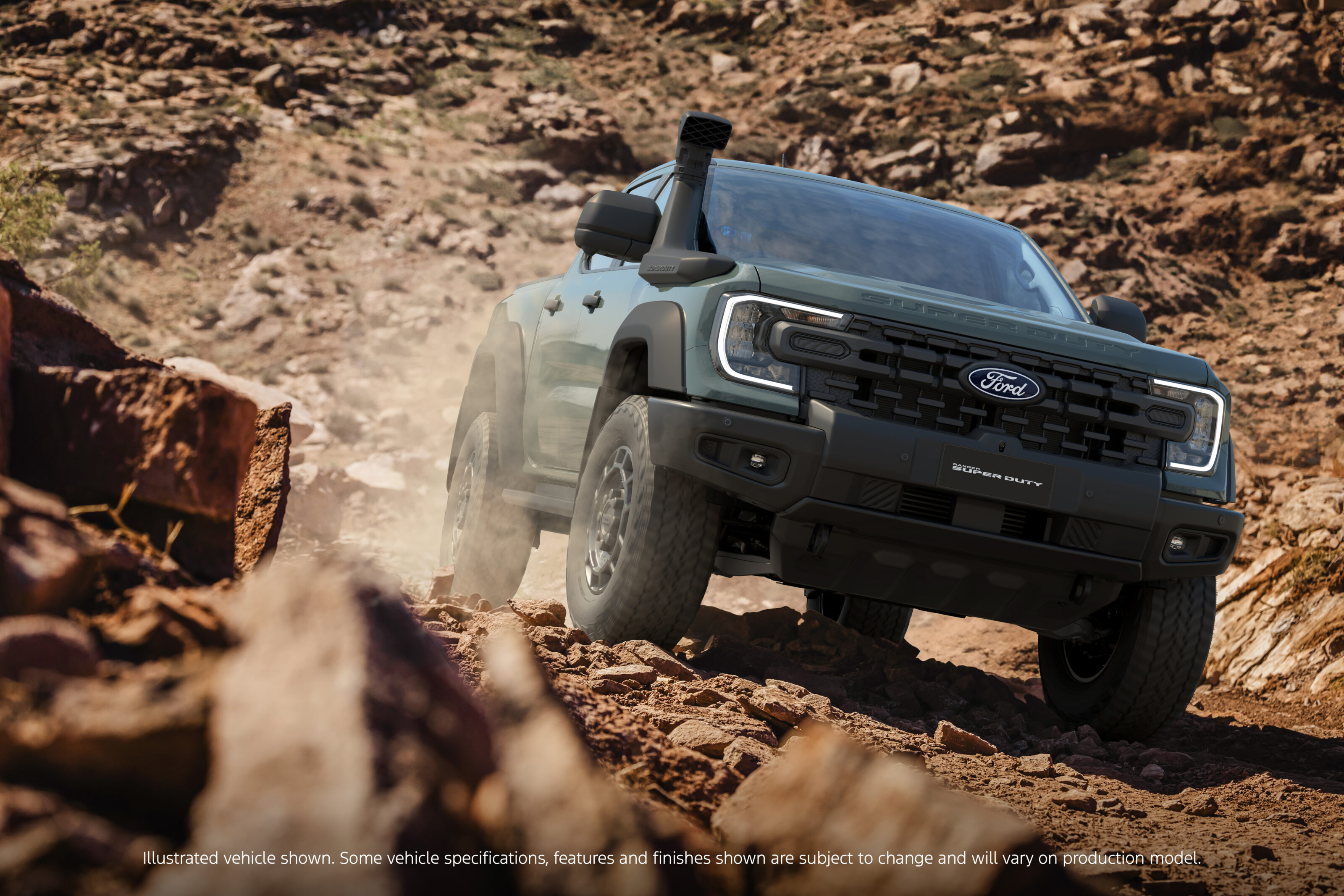
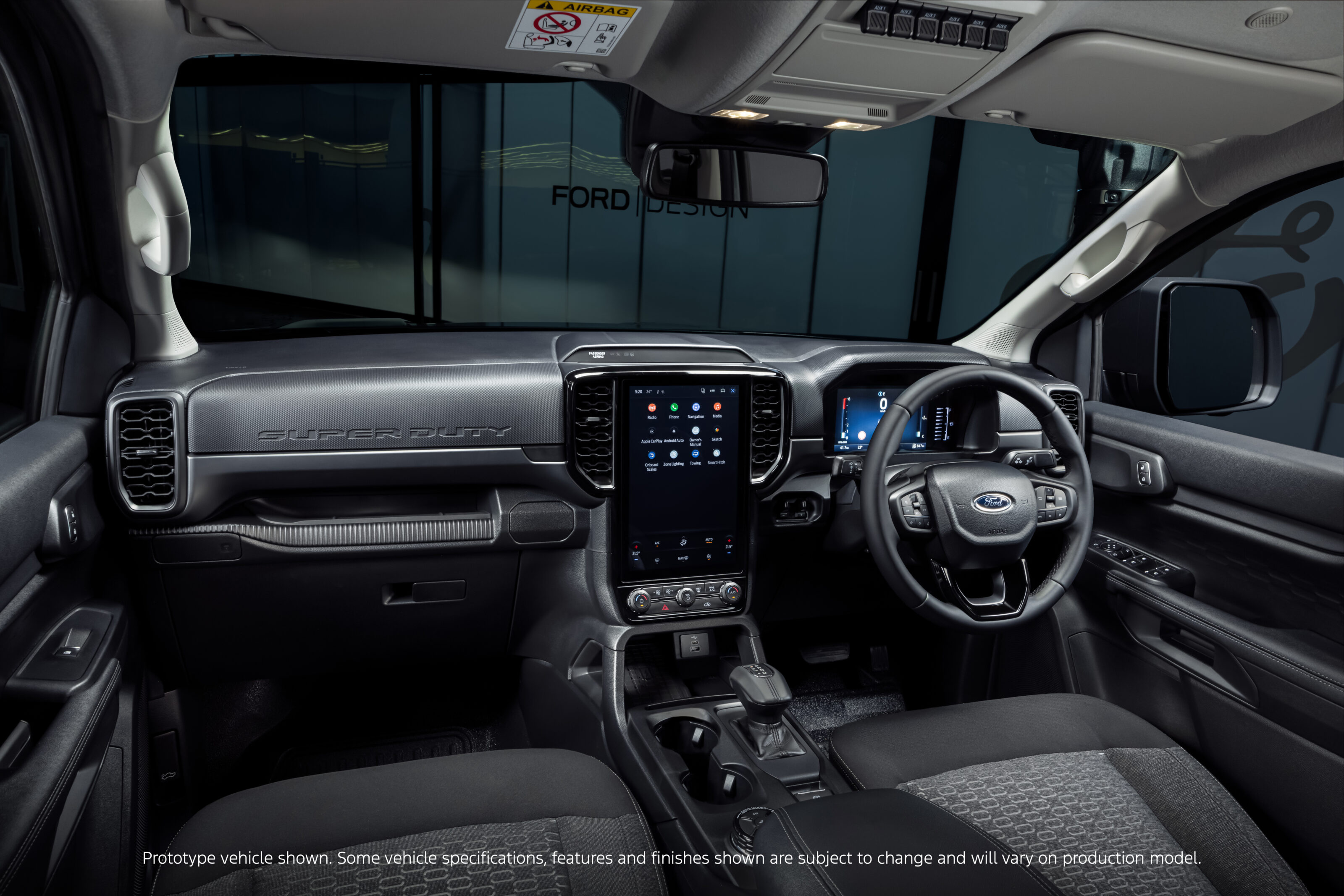
As the concept for the Ranger Super Duty was fleshed out, Ford also realised that a vehicle of this ilk would likely appeal to private buyers, especially those who were into overlanding or adventure touring, at the same time avoiding stepping on the toes of the existing Ranger Raptor or the facelifted F-150.
We got the chance to look at a pre-production prototype at Ford’s Broadmeadows facility but, given that the Super Duty’s not set to be released until next year, full specifications, especially around power, torque and pricing, were not available.
The first thing that strikes you is that it has some serious presence, and looks like no existing Ranger. The squared-off wheelarches smack more of a Hilux special edition than the rounded treatment we’ve become used to on the P703 Ranger, and the Raptor’s track width and added ride height give it a no-nonsense stance. The standard-fit snorkel is part of a whole suite of changes to bring wading depth up to 850mm (50mm above the normal Ranger), while the eight-stud 18-inch wheels – shod with 33-inch all-terrain tyres – are increased in size to house the bigger brake discs and calipers.
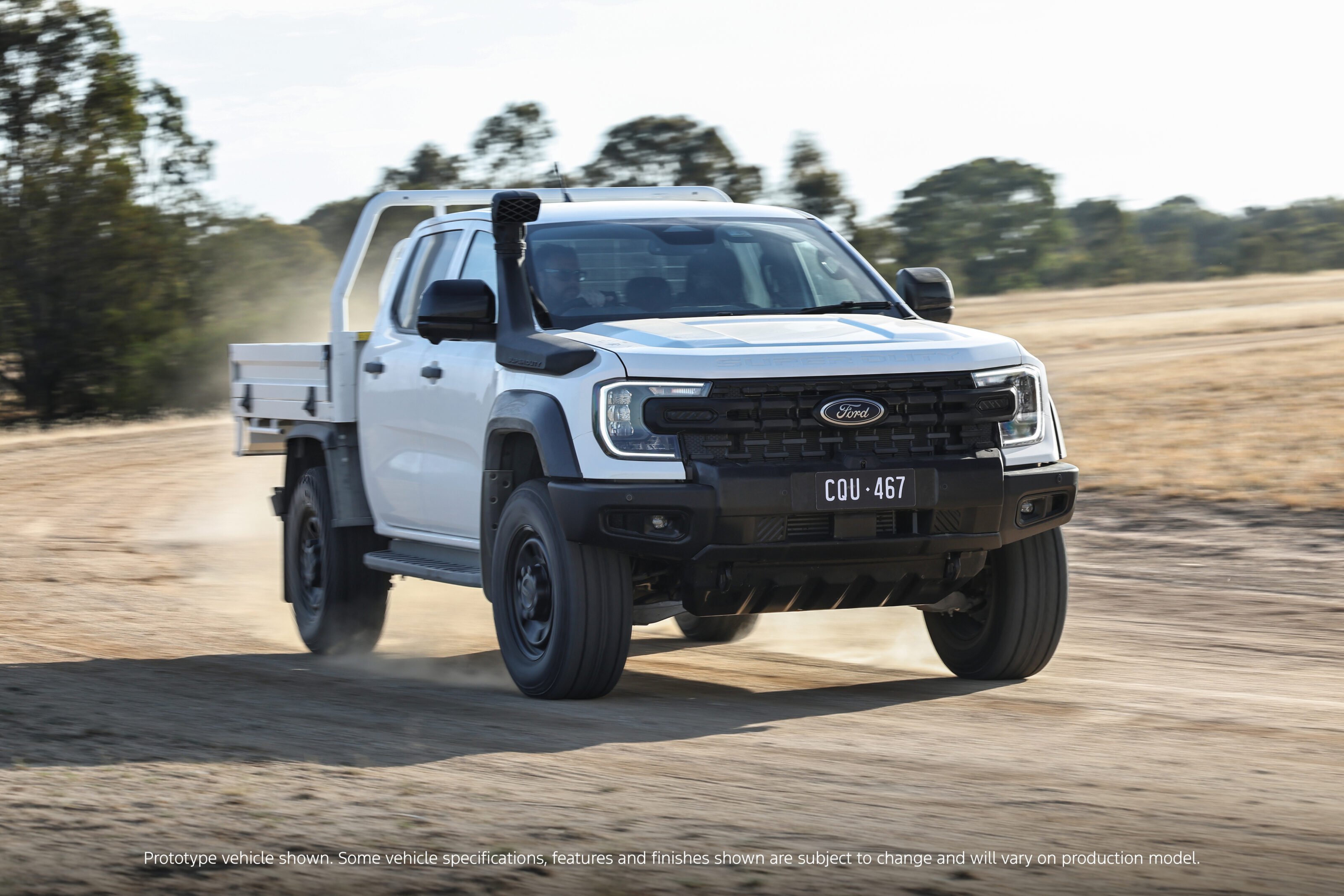
The grille has been redesigned to allow better through-flow of air, there’s a meaty steel front bumper, dual-rated, frame-mounted front and rear recovery hooks, bigger door mirrors, a unique steel tray, composite heavy duty side steps and screw-fitted mud flaps. The bonnet has been redesigned for the Super Duty – the first non-F truck to wear that particular badge – and features more contoured shaping and a raised leading edge with the Super Duty badging embossed into it.
It’s under the skin that the serious work has been done though. Ford targeted a Gross Vehicle Mass (GVM) of 4500kg, a braked towing capacity of 4500kg and a Gross Combination Mass (GCM) of 8000kg. What this means in practice is that the Ranger Super Duty can tow its full 4.5-tonne quota and still retain a tonne of available payload. A real world application of the massive GCM rating is that the Country Fire Authority’s Land Cruiser firefighting water tanker is rated to carry 400 litres, whereas a Ranger Super Duty build is capable of hauling a tonne of water to hard-to-reach off-road fire hotspots.
As well as heavier duty suspension, the Ranger Super Duty has better ground clearance and improved approach and departure angles compared with normal Ranger models. There’s a long range 130-litre fuel tank and extensive steel underbody protection that runs from the engine to the rear differential. Front and rear diff locks, an upgraded ‘jumbo’ diff, new transfer case, axles and driveshafts, redesigned engine mounts, reinforced wheelarch liners and a 25 per cent more effective cooling fan are all standard-fit items.
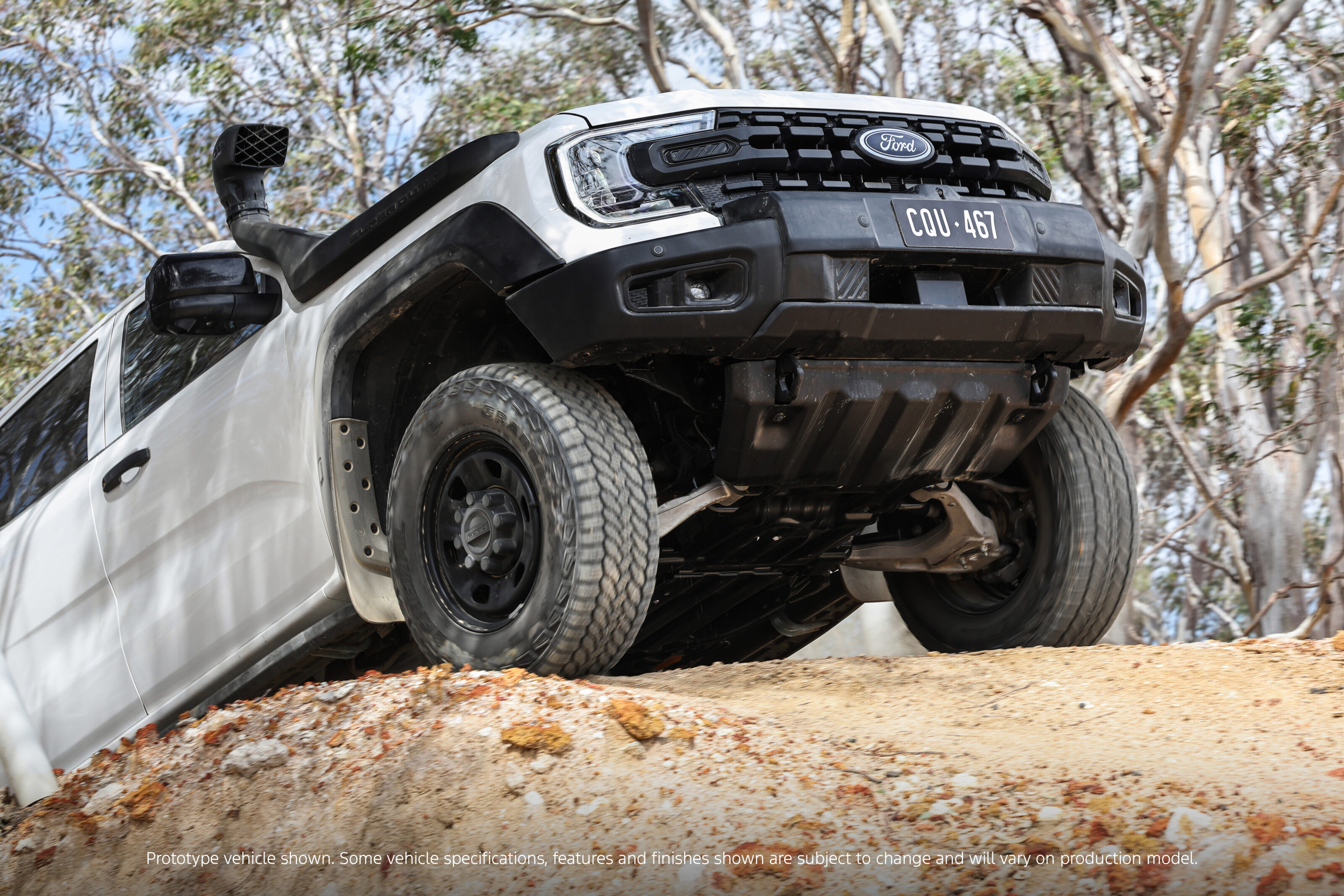
The Super Duty also features four-wheel on-board scales so that users can monitor how close they’re coming to Gross Vehicle Weight Rating, and a smart hitch also displays downball load, allowing those who tow to redistribute loads for increased safety.
Ford’s being somewhat coy about power and torque, but the existing 3.0-litre V6 turbodiesel and 10-speed automatic transmission carry over, albeit with new calibrations that prioritise torque response. The prodigious wheelslip torque of the Super Duty required the upgrading of the rear differential.
Ford has endeavoured to transfer as much of the Ranger’s safety tech to the Super Duty and the rear end features a Driver Assist Technology bar, enabling rear park assist, blind spot detection with and without trailers and a 360-degree camera. The cabin features vinyl flooring (a luxury pack will be offered to retail customers) and a bank of auxiliary switches.
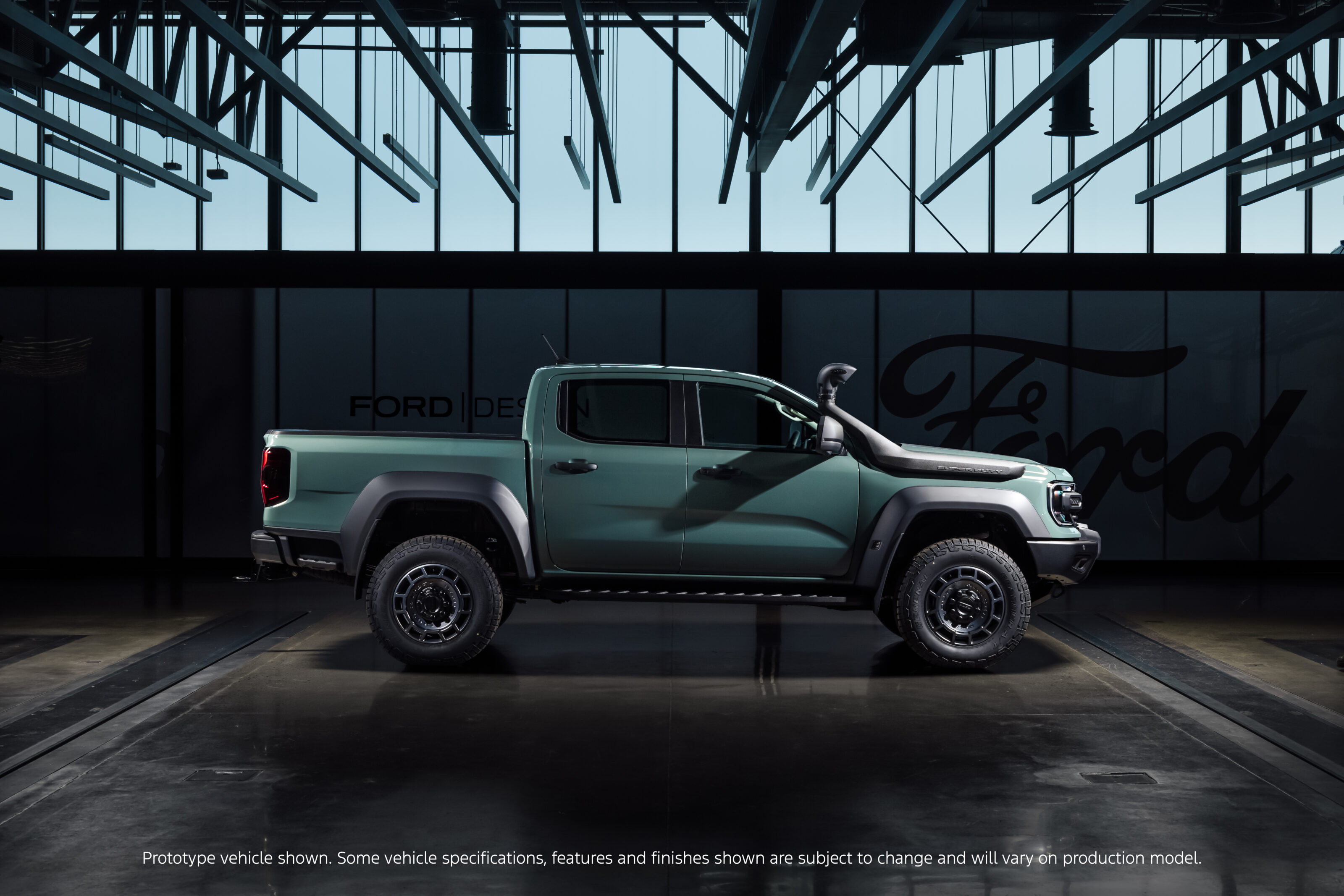
The company has worked hand-in-hand with Australian suppliers, with an ARB front bar to be offered and a 12,000kg rated winch. Conversion warranty periods will be aligned to Ford’s warranty duration. Existing Ranger canopies will fit on an identical rear box line, and the Thai-built Super Duty is set to be offered in single cab chassis, super cab chassis, double cab chassis and double-cab pick-up bodies. Buyers will get a choice of three colours: Arctic White, Seismic Tan and Traction Green.
Pricing? We suspect this one’s not going to be cheap, given the amount of work that has gone into it and the niche nature of the market, but then most expected the Ranger Raptor to be a niche product before it burst into the mainstream. The Ranger Super Duty could well follow suit. We’ll learn more when we get behind the wheel of it later in the year.
We recommend
-
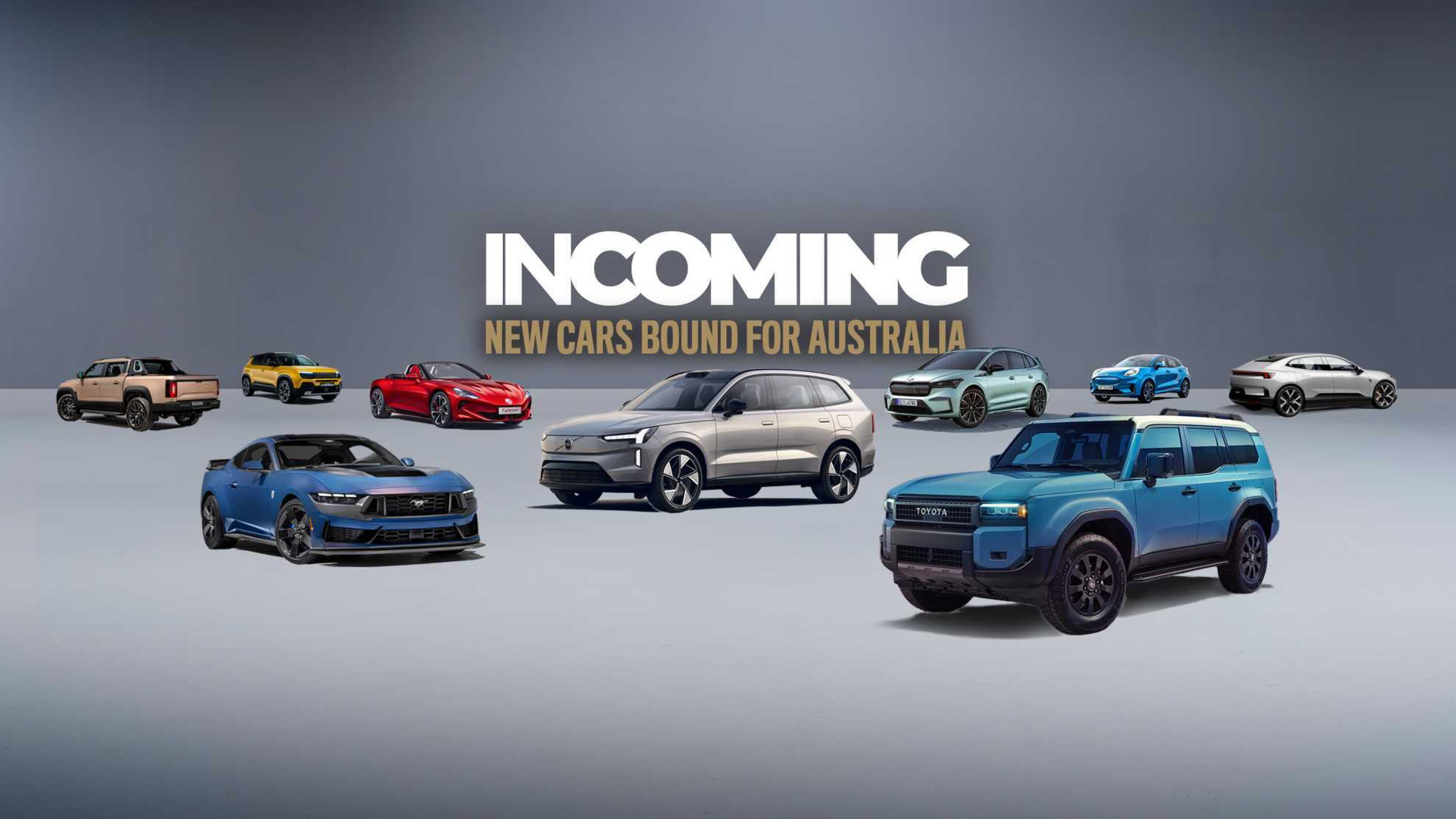 News
News2025 New Car Calendar: All the new cars coming to Australia
Take a look at our list of what is expected to launch in Australia in 2025 – plus those we might not see locally just yet
-
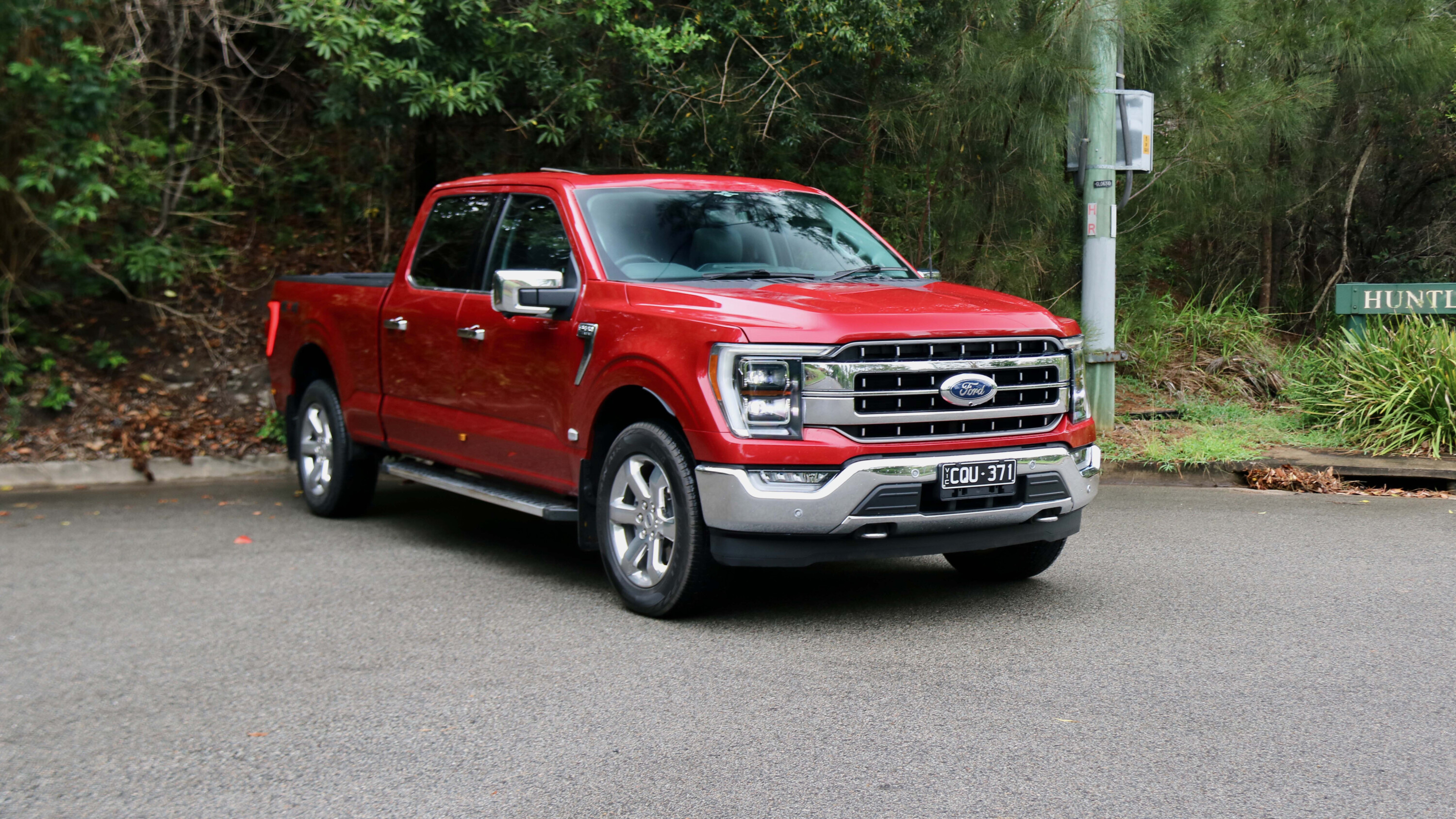 Reviews
ReviewsFord F-150: Your need to know about the best-selling beast
North American trucks are doing big business Down Under, and now the most popular of all time is finally on sale. Should you buy a Ford F-150?


